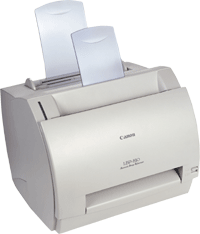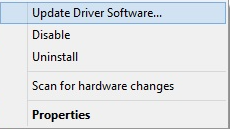
In my experience, some jobs get "jammed" in a queue so "severely" as to require stopping the spooler server, clearing the files that represent the jobs out of the %SystemRoot%\System32\Spool\Printers folder, and re-starting the spooler service. If you don't have access to the physical printer you can use his method.īouncing the spooler service is the only viable choice that I'm aware of. If you have physical access to the printer and it is convenient to turn it off you can use my method. The key is in his way of dealing with it the spool service has to be stopped in dealing with it my way the spooler has to be started. You can use the print queue on Windows (start - settings - printers or start - printers) and delete the job from the print queue using the Document menu - Cancel option. I can't promise you that your situation matches this experience but I think its worth considering the behaviour observed and the implications to how the process of printing/print spooling hands things along.Įdit: In the opposite take to Evan's manipulation of the spool files. If you don't do 1-4 in exactly that order you get stuck in an endless loop fighting with a-c. the printer won't print any other job until the corrupt job is completed or deleted. the print spooler won't let you delete the corrupt job through the GUI if the spooler is stoppedĬ.

The print spooler won't stay started as long as the corrupt print job is present and the target printer is onī. Occasionaly I've had experience with a corrupt print job in a printer queue. More importantly I wanted to share this with you:


In general I would say it is safe to restart the service on the fly.

End users will notice but it won't be as bad as silently dropping a print job. Restarting the print spooler generally doesn't drop print jobs it just stops accepting new ones.


 0 kommentar(er)
0 kommentar(er)
